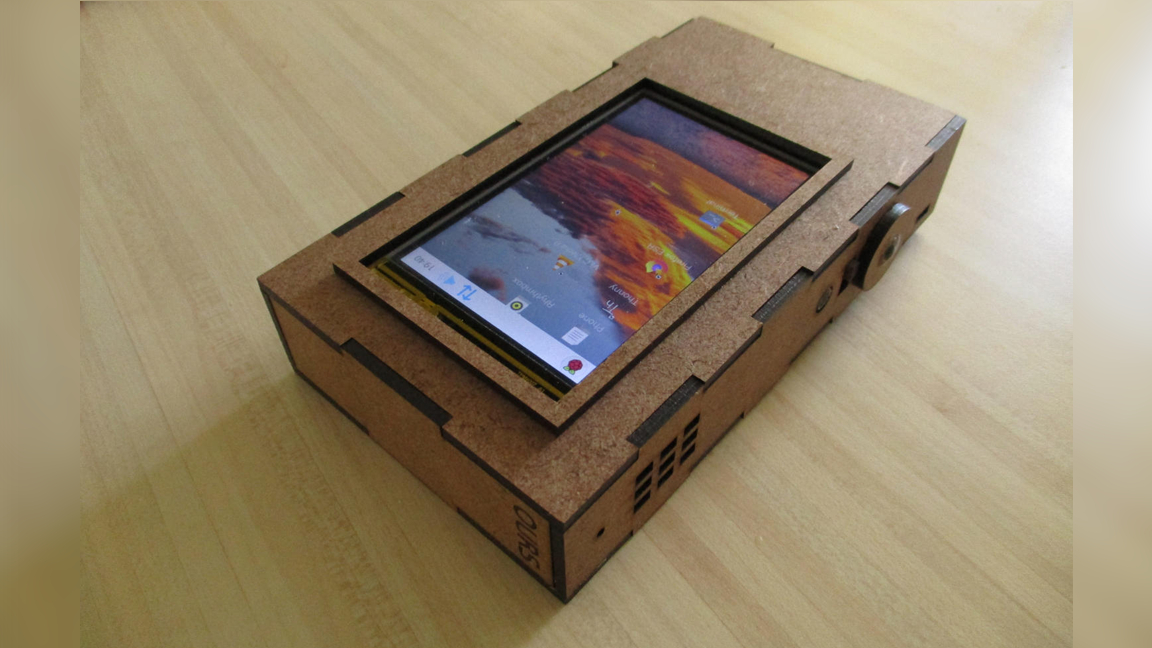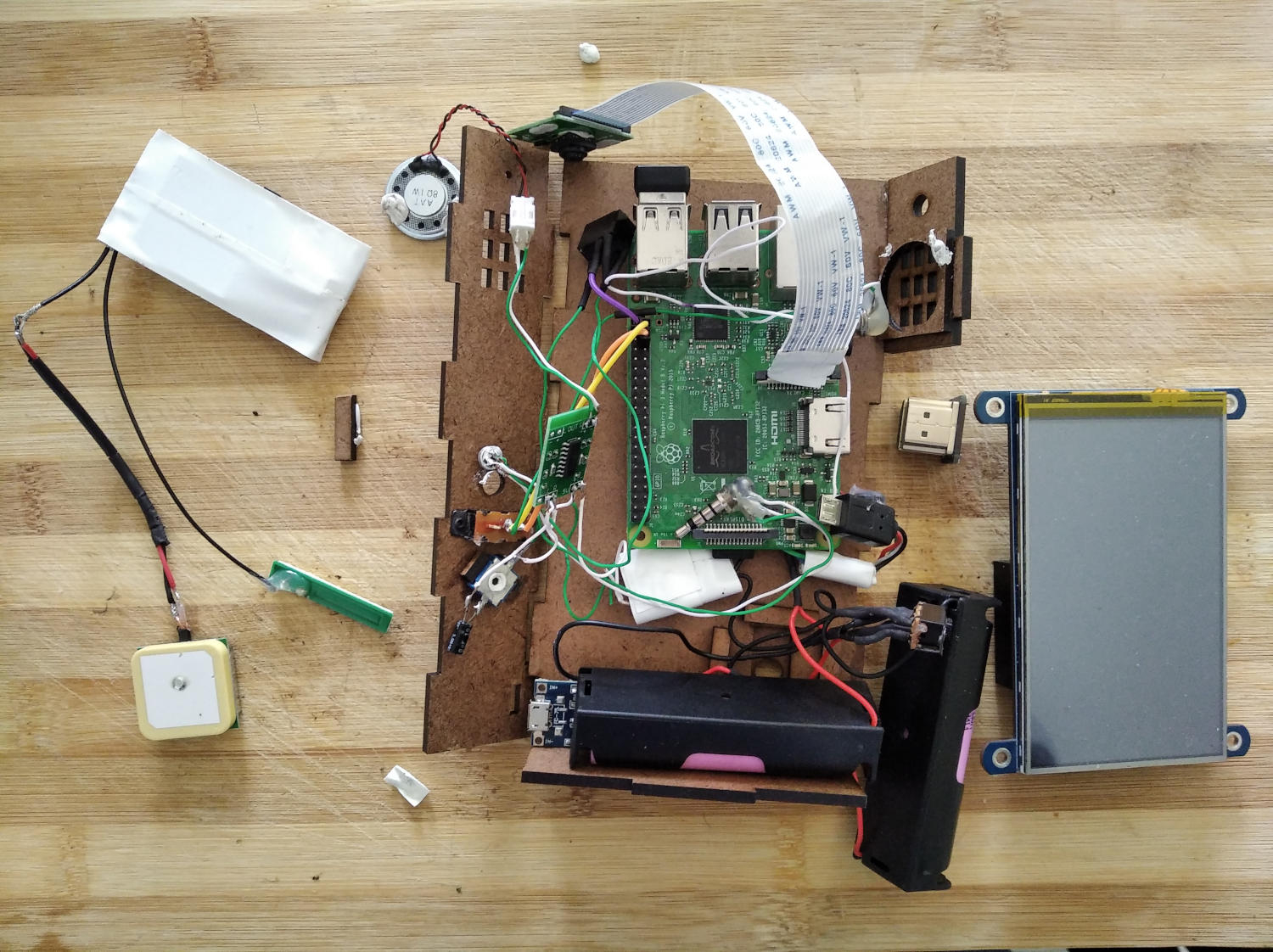
It's easy to build your own desktop PC but, if you want a phone, you usually have to settle for a sealed box that's made by one of a handful of large corporations. Maker Evan Robison wants to change all that as he posted instructions for an open-source, Raspberry Pi-powered called OURPhone with the acronym OURS standing for Open-source, Upgradable, Repairable Smartphone.
According to Robinson, the idea was to create a smartphone alternative for people looking to control their privacy. He also wanted to make a smartphone that could be easily modified and repaired, so an open-source solution was the perfect fit. The OURphone project has quite a few specs that you’ll find on many smartphones including 4G LTE internet support, GPS support, Bluetooth and WiFi capability, as well as basic phone operations like the ability to call, text and save contacts in an address book.
However, instead of running on Android or iOS, the phone uses Raspberry Pi OS, the Linux-based native operating system for Raspberry Pis. This means that you have very fine control over what software you run on it, but the UI (as pictured) is not particularly touch or phone friendly. You can find all of the code used in the project (as well as detailed instructions) at GitHub.
In his build guide, Robinson is using a Raspberry Pi 3 B+ but there’s no reason you couldn’t upgrade it to a Pi 4. It’s accompanied by a 4G HAT with GSM and GPS antennas. It has a Waveshare touchscreen for video output and user input. A camera can be attached but it isn’t necessary for the build. A pair of headphones with a built-in microphone is used for call support. To keep the unit mobile, it operates off of a couple of 18650 batteries.
The housing, ade out of 3mm MDF board, is a bit bulky but necessary to contain all of the hardware. It’s laser cut with port access made available all around the edges.


There are already plans in the works to add more features like a Pi upgrade, a capacitive touch screen, and a monitoring system to check the battery level. Robinson asks that anyone interested feel free to improve upon the design and share any changes they implement. He’s also made himself available at LinkedIn for anyone that has questions along the way.
If you want to get a closer look at this Raspberry Pi project, check out the official project page over at GitHub and be sure to follow Evan Robinson for future projects as well as any updates on this one.







